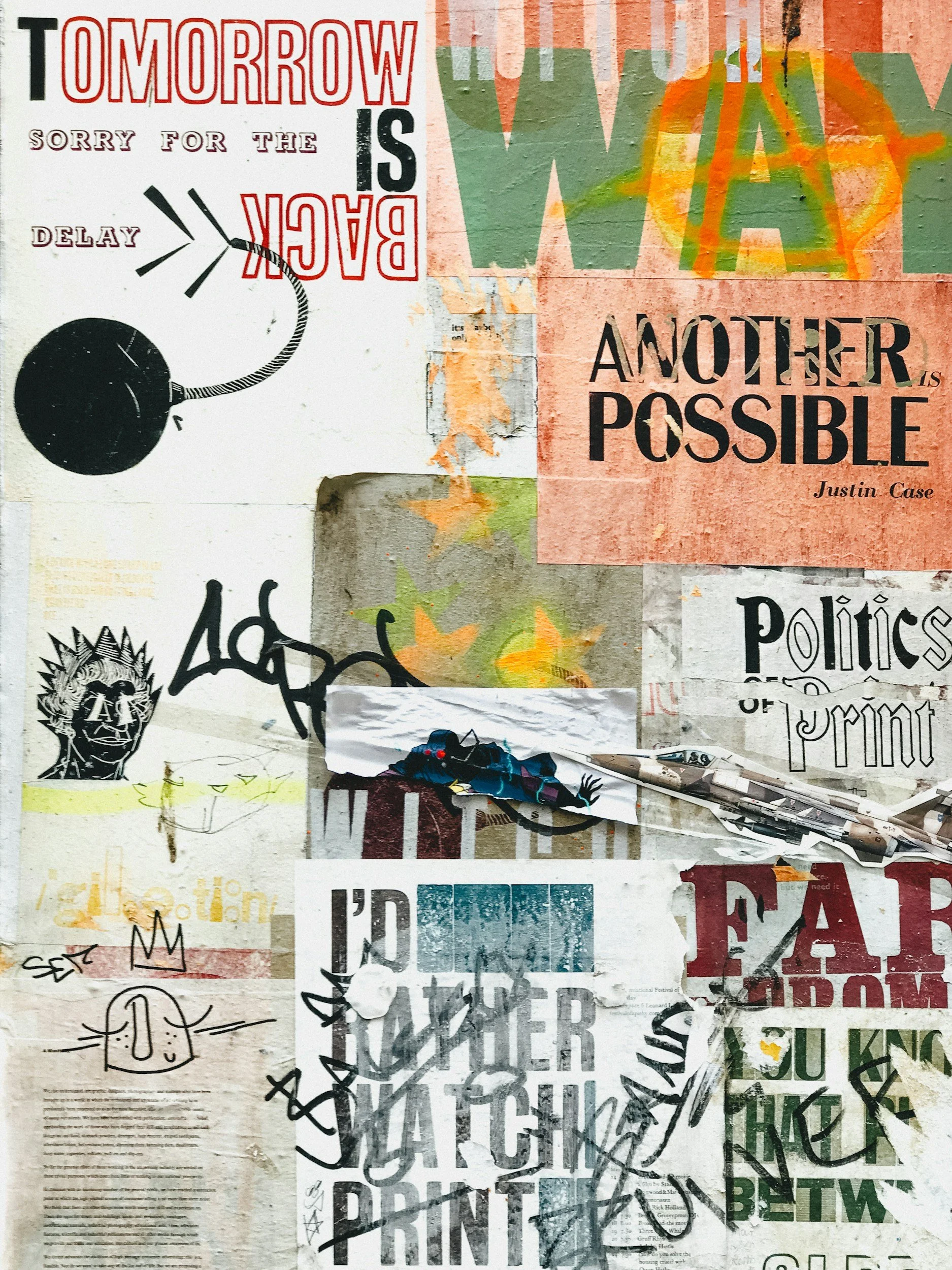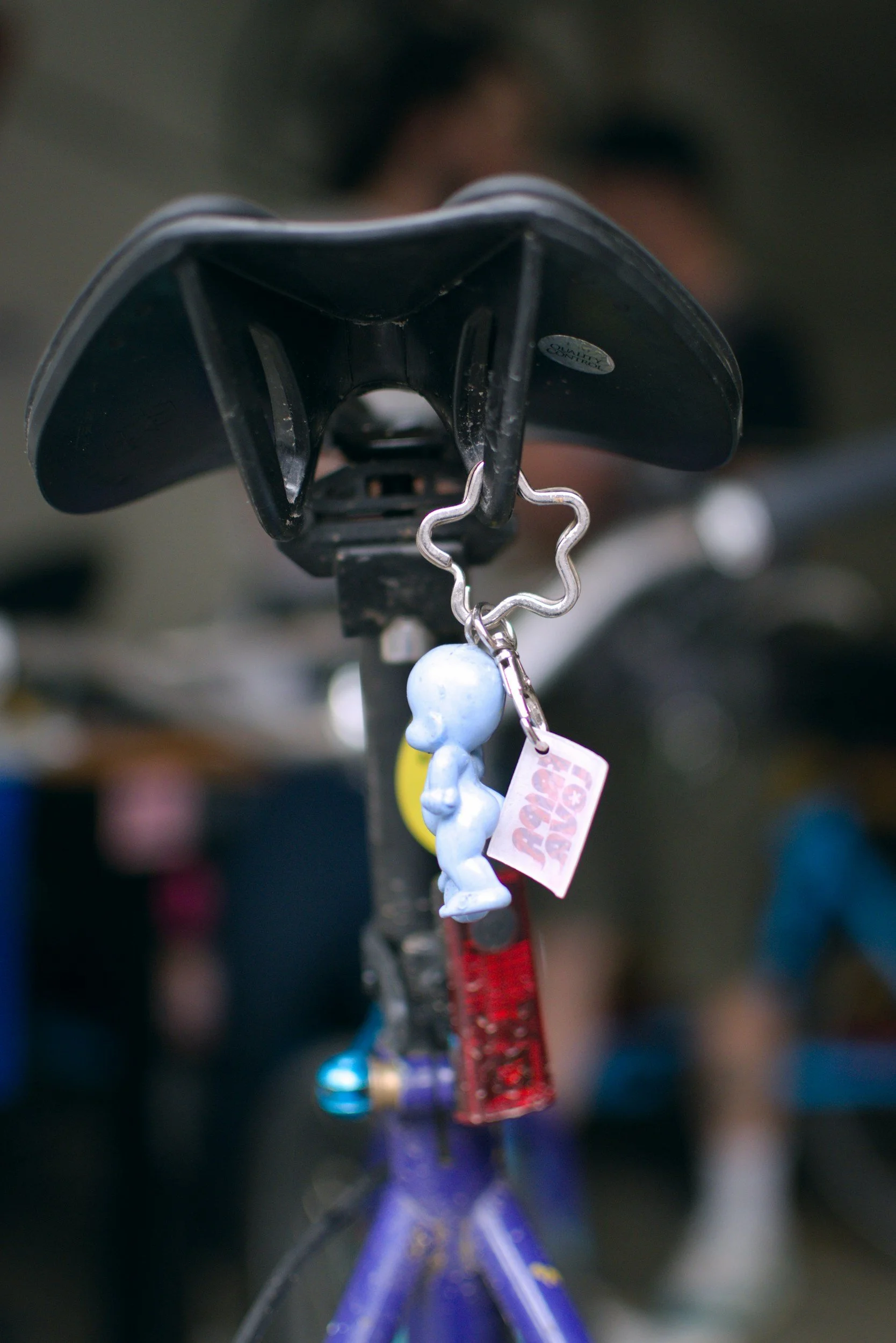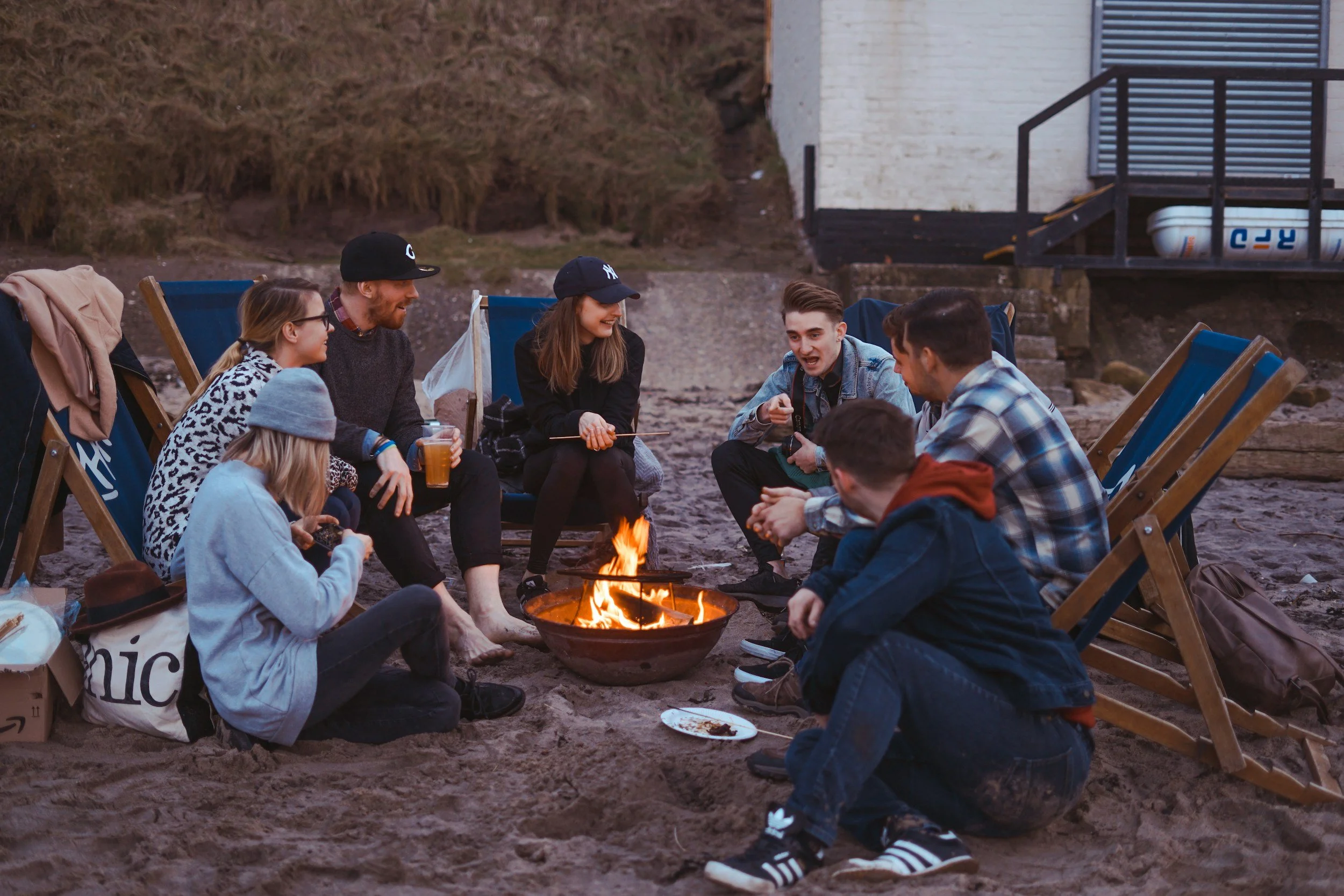Who am I?
-
![Stress Relief Jar]()
Vision Boards
Decorate a jar and fill it with slips of paper, each with a healthy coping strategy (listening to music, doodling, walking, stretching). They can pull one when stressed.
-
![Colorful spinning Ferris wheel at night with light trails creating a circular pattern.]()
Emotion Wheel
A tool that shows a wide range of emotions, from basic ones like happy or sad to more specific feelings such as proud, frustrated, or hopeful. Teens use the wheel to identify and name their emotions more precisely, then reflect on what might be causing those feelings. This activity builds emotional vocabulary, supports self-awareness, and helps teens express themselves in healthier ways.
-
![Personality Quiz]()
Personality Quiz
A fun questionnaire that helps teens learn more about their traits, preferences, and strengths. After completing the quiz, they can reflect on how their personality influences the way they think, act, and interact with others. This activity encourages self-discovery and gives teens language to describe who they are.
Healthy vs. Unhealthy Coping
-
![Vision Boards]()
Red Light/Green Light Choices
-
![Colorful spinning Ferris wheel at night with light trails creating a circular pattern.]()
Decision Tree Mapping
-
![Letter to Myself]()
Letter to Myself
Write a supportive letter to yourselves to read when they’re stressed or upset. It acts as a reminder of their strengths and healthy coping tools.
-
![]()
Coping Reflection Collage
Using photos, magazine clippings, or digital tools, teens create two sides of a collage: one that represents unhealthy coping (dark colors, stormy images, isolation) and one for healthy coping (bright images, friends, movement, nature). It makes the contrast very visitation goes here
-
![]()
Future Me Visualization
Teens close their eyes and imagine themselves 5 years from now handling stress in a healthy way. Then they write or draw what that version of themselves is doing differently and how they can start now.
Peer Pressure and Decision Making
-
![Vision Boards]()
Decision Tree Mapping
A hands-on activity where students map out choices and their possible outcomes, helping them see how one decision can branch into many consequences.
-
![Peer Pressure Game]()
Peer Pressure game
The Peer Pressure Flash Card Game is an interactive way to help students practice making healthy choices. Each card presents a real-life scenario, and players must quickly decide how they would respond—whether by saying no, offering an alternative, or walking away. The game encourages discussion, role-play, and reflection, giving students hands-on practice in resisting negative pressure and building confidence in their decision-making skills.
-
![]()
Role-Play Scenarios
Small groups act out peer pressure situations (positive, negative, subtle). Others discuss possible choices and outcomes.
Affirmations and Positive Self-Talk
-
![Vision Boards]()
Affimation station
Teens can create and attach small affirmation cards to mirrors as daily reminders of their strengths and positive qualities. This simple practice helps build self-confidence and encourages a positive mindset every day.
-
![Peer Pressure Game]()
Affirmation Bracelet or Keychain
Teens create bracelets or keychains with positive words or objects. Wearing or carrying them daily serves as a personal reminder of their strengths and boosts confidence throughout the day.
-
![]()
Photo Affirmation Wall
Teens create a visual wall of personal photos and positive affirmations. Seeing their favorite memories alongside uplifting words helps build confidence, self-awareness, and a positive mindset every day.
-
![]()
Power Word Art
Teens select words that inspire, motivate, or describe their strengths and turn them into creative artwork. This activity combines self-expression and positive self-talk, helping teens boost confidence and celebrate who they are.
Values Identification
-
![Vision Boards]()
Circle of Importance
Draw three concentric circles:
Inner circle = most important values
Middle circle = important but flexible
Outer circle = less important
Teens place their chosen values into the circles to visualize priorities. -
![Peer Pressure Game]()
Who Inspires Me?
Teens think of someone they admire (real or fictional) and list what values that person represents — then reflect on which of those values they share or want to develop.
-
![]()
Value Assesment
Teens create a visual wall of personal photos and positive affirmations. Seeing their favorite memories alongside uplifting words helps build confidence, self-awareness, and a positive mindset every day.
-
![]()
The Value Jar
Each teen writes one value on a slip of paper and places it in a jar. Draw one at random for group reflection: What does this value look like in real life?
-
![]()
Group Discussion: Shared Values
As a group, identify values that everyone shares. Talk about how shared values strengthen trust, teamwork, and community.



















